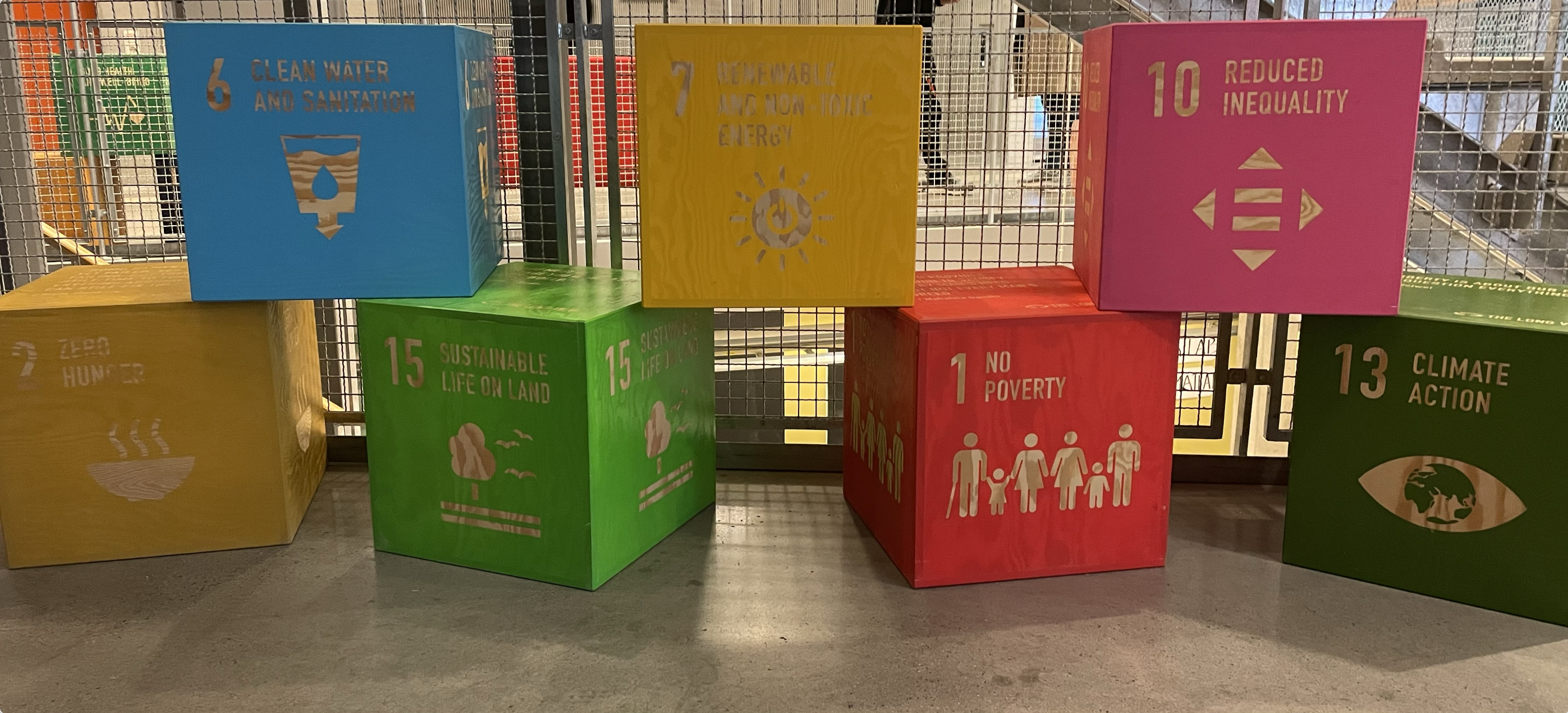
More “head, hands, and heart” in sustainability education, this time by Öhman & Sund (2021)
Talking about sustainability teaching, one model that seems to resonate with many teachers I speak with is the “Head, hands, heart” model by Sipos et al. (2008). I came across basically the same thing now in an article by Öhman & Sund (2021) as a model for sustainability commitment.
They develop the model and argue, based on the Nordic and German tradition of “Didaktik” (about the why, what and how of education) as well as on Dewey (we need experiences to navigate our lives, and experiences don’t just change us, they also change the world through the change they did in us), that students need a variety of learning experiences that foster
- intellectual aspects (the “head” part) relate to knowledge about sustainability and students’ personal position (in terms of their epistemology, ethics and politics) towards that knowledge. Of course, the choice of the “facts” to be learned is based on teachers’ value judgements.
- emotional aspects (the “heart” part) which is about being able to relate to, and articulate, their emotions about sustainability. Even though emotions are very important in the learning process (“emotions are not the enemy of reason but rather an important part of it”), it is important to not try and steer them so education does not become indoctrination.
- practical aspects (the “hands” part) about “ability, motivation and desire to play an active role in finding democratic solutions to sustainability issues”. This is about solution-oriented action, not “just” activities
Sustainability commitment is, according to Öhman & Sund (2021), found where those three aspects overlap, and the teacher plays a big role in making it happen (“It is difficult to overestimate the importance of the teacher in the organizing of the conditions that will enhance the students’ experiences (and the subject-matter of the study)”!) by both setting the scene (i.e. guiding students) and “staging an inquiry” (i.e. giving students the freedom to become active autonomously). But of course the teacher does not control everything (and should not, either) and what moves they make should depend on context and student reactions. The authors give examples of teaching practice for how certain topics were talked about, illustrating the moves in their model.
To me, this article doesn’t contain any revolutionary new information, but it is nice to see that the authors arrived at a very similar one as Sipos et al. (2008) did, albeit via a very different route. So clearly there seems to be something in that model that might be useful for us to teach for sustainability!
Sipos, Y., Battisti, B., & Grimm, K. (2008). Achieving transformative sustainability learning: engaging head, hands and heart. International journal of sustainability in higher education.
Öhman, J., & Sund, L. (2021). A didactic model of sustainability commitment. Sustainability, 13(6), 3083.
Currently reading Part I of the book "Sustainable Development Teaching - Ethical and Political Challenges", edited by Van Poeck, Östman, Öhman (2019) - Adventures in Oceanography and Teaching says:
[…] that is directly useful for teachers, and I recognized one of the names from my favourite Head-Hands-Heart framework, so I decided I had to make time to read the book. Below my summary of […]
Emotionally-responsive teaching - Adventures in Oceanography and Teaching says:
[…] And in STEM higher education — how can we actually invite emotions in, and then deal with them constructively? Reflective journalling and generally time for reflection are being done more and more, as are suggestions to include all three (four?) of “head, hands, and heart” in education (e.g. Sipos, Battisti & Grimm (2008) or Öhman & Sund (2021)). […]